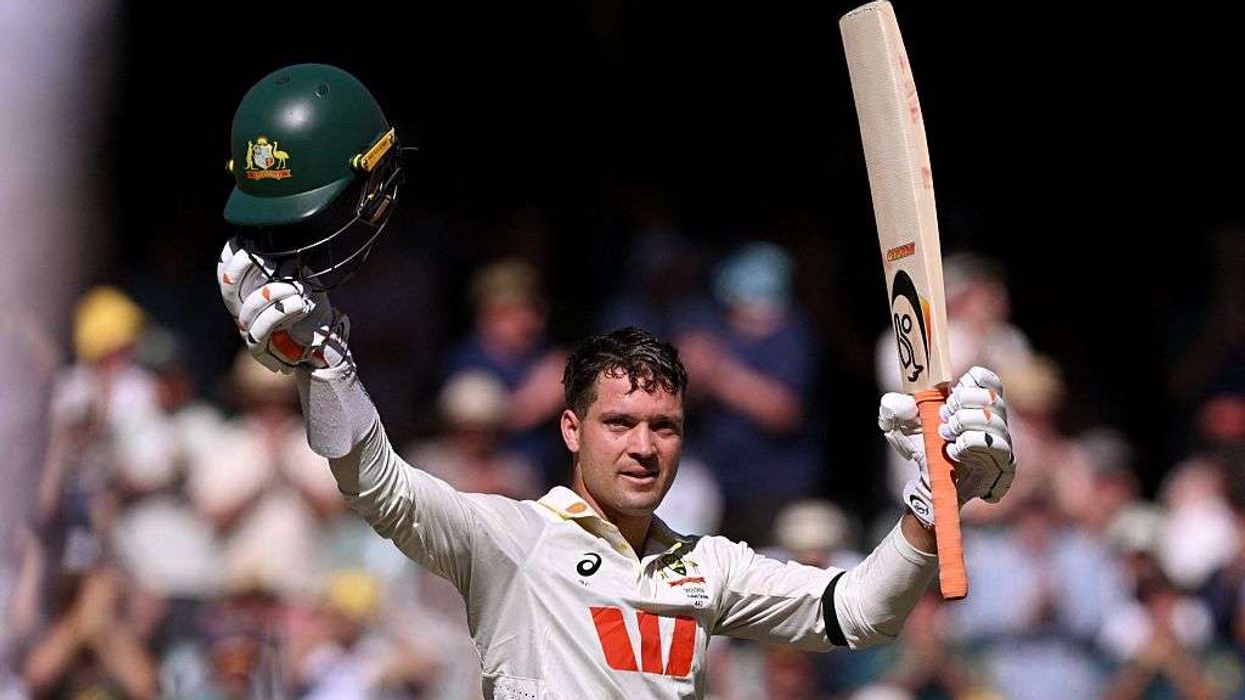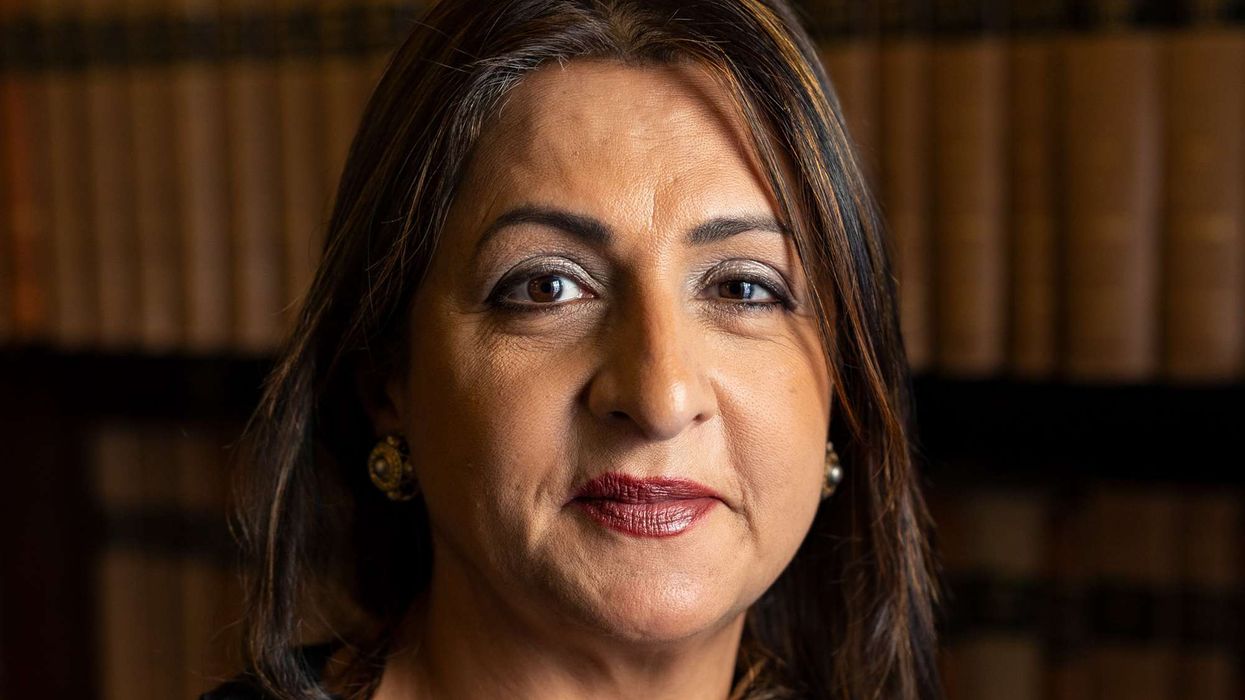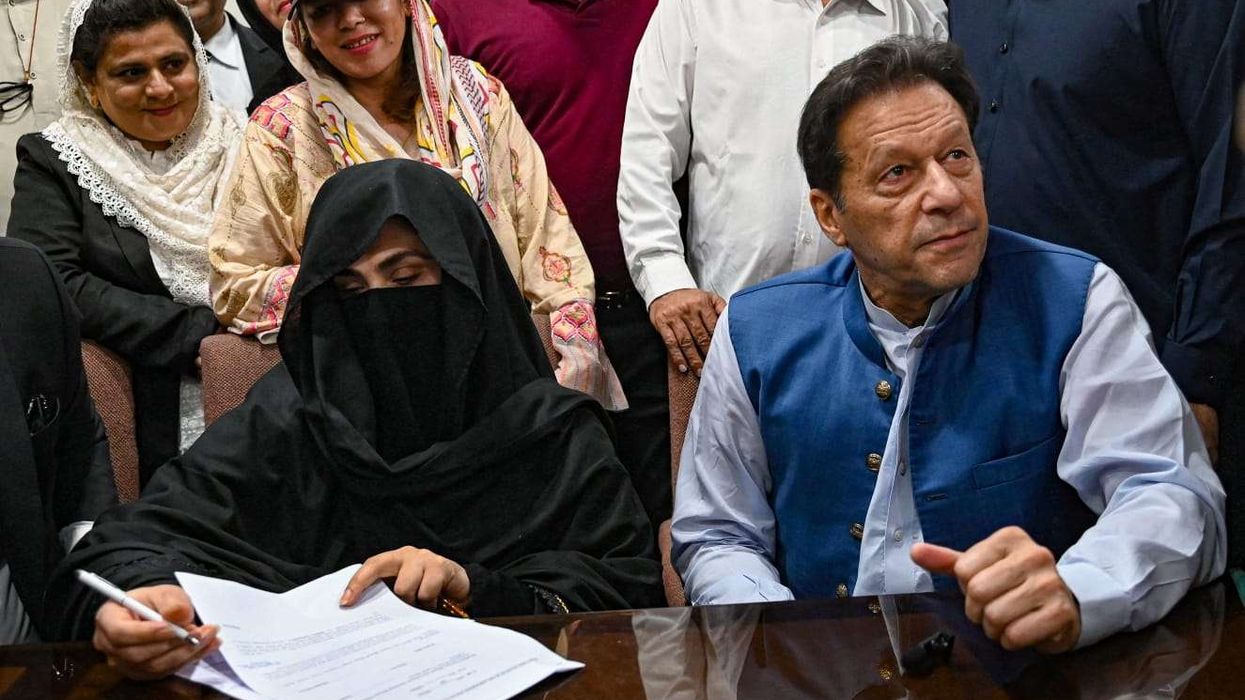THERE have been many plays staged over the decades based on Partition, but perhaps none quite like the British theatre production Santi & Naz.
The multi-dimensional story revolves around two best friends living in a small village, who decide to take drastic action when the division of India threatens to separate them.
The story of female friendship and coming of age, set against the backdrop of a country that will be changed forever, returns for an autumn tour after receiving great acclaim last year.
Eastern Eye caught up with co-writer Guleraana Mir, who is also the executive director of the theatre company The Thelmas, to discuss Santi & Naz and the positive reviews it has received.
What inspired you to write Santi & Naz?
It was approaching the 70th anniversary of Partition, and I wanted to create a play that touched on the event without making it the central focus. Maddy (artistic director of The Thelmas) was keen to develop a show about intense teenage friendships, where the lines between companionship and something deeper become blurred. We combined our ideas to develop the story of Santi & Naz. Later, afshan d’souza-lodhi joined as co-writer, and together we created the script that you’ll see on stage.
Tell us about the show.
Santi & Naz follows two young girls from a rural village in Punjab. Santi is Sikh, and Naz is Muslim; they have lived side by side all their lives, as people of different faiths often did. The play tracks their friendship over several years, leading up to Partition and beyond. At its heart, it’s a coming-of-age story about two best friends who, despite the turmoil around them, refuse to be separated. The play is filled with joy, humour, and, of course, heartbreak.
Did you learn anything new while writing it?
Although the play focuses on the girls’ lives, our research into the political and historical aspects of Partition was extensive. I learned many eye-opening details about the key political figures of the time, how decisions were made with little regard for ordinary people, and how women and girls were treated during the violence and unrest. It was an emotional process that strengthened our resolve to present a perspective on Partition that is rarely heard.
Guleraana MirWhat is your favourite moment in the show?
Despite having only two actors, Santi & Naz introduces several key characters. The girls spend a lot of time pretending to be other people from their world, whether it’s the local heartthrob Rahul or Gandhi. My favourite moment is when they mimic important men. It’s fun to watch and also highlights a central theme of the play: how young people have no control over what happens to them.
How important were the positive reviews?
It might sound like a cliché, but they meant everything. At The Thelmas, our focus has always been on making content for our audience, ensuring the people we create shows for are happy. However, receiving positive reviews from established arts critics was incredibly validating. It means everything as an artist to not only be recognised for what you are trying to achieve, but also celebrated.
Who do you hope connects with this show?
We have set an age guidance of 12 and up, as we believe Santi & Naz offers much for young audiences, especially in terms of reflecting on their relationships with parents and grandparents. The play is meant for multiple generations. We hope families come together to watch it and leave feeling inspired to have meaningful discussions with each other.
Is there a key message you want to convey?
There are several. First, love transcends religion and borders. Second, Partition is a crucial part of British history, not just Indian history, and it’s essential for the diaspora to have this acknowledged.
How important is it to know about Partition?
While knowing that Partition happened is helpful, detailed knowledge isn’t necessary. The show includes plenty of context to fill in any gaps, though it’s not a history lesson. We also have an accessible document with key facts available to download before the show.
How excited are you for the tour?
The best part of making theatre is seeing the audience’s reaction. Every venue on our tour has been chosen because of its proximity to south Asian communities, and I’m excited to bring a piece of work that allows these communities to see themselves reflected on stage.
What do you think makes for great theatre?
For me, great theatre requires well-rounded characters I can recognise, a compelling story, and the ability to evoke emotion. Alternatively, something bold and unexpected can be just as powerful. I’d rather be left confused than bored.
Why should we all come and watch Santi & Naz?
Santi & Naz is a labour of love about friendship, set against a moment in history that resonates with many south Asian communities. It honours where we come from while being told in a fresh and relatable way. You’ll laugh, cry, and hopefully leave feeling closer to your sense of self.
Santi & Naz at The Wardrobe Theatre, Bristol (next Tuesday (8) - next Thursday (10)), The Beck Theatre, Hayes (next Friday (11) – Sunday (13)), Tron Theatre, Glasgow (October 16-17), Nottingham Playhouse (October 19), The Place, Bedford (October 22), Birmingham Hippodrome (October 25-26), Norwich Theatre Playhouse (October 29), Northern Stage, Newcastle (October 31), Octagon Theatre, Bolton (November 2), Attenborough Arts Centre, Leicester (November 7) and Derby Theatre (November 8). Twitter, Instagram & TikTok: @TheThelmas












